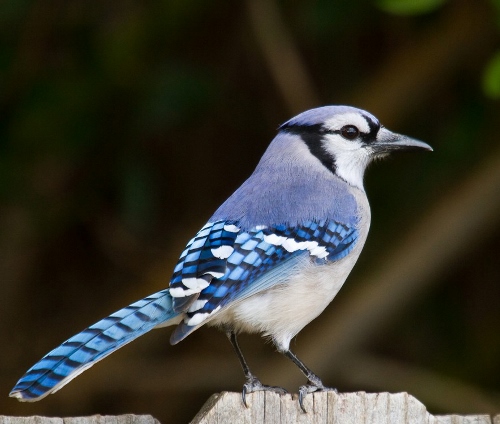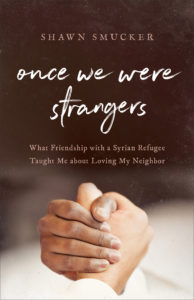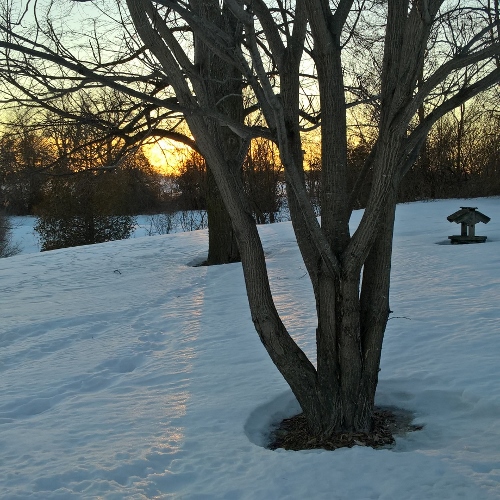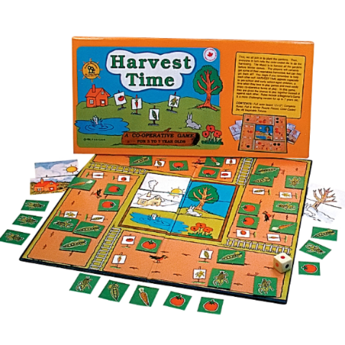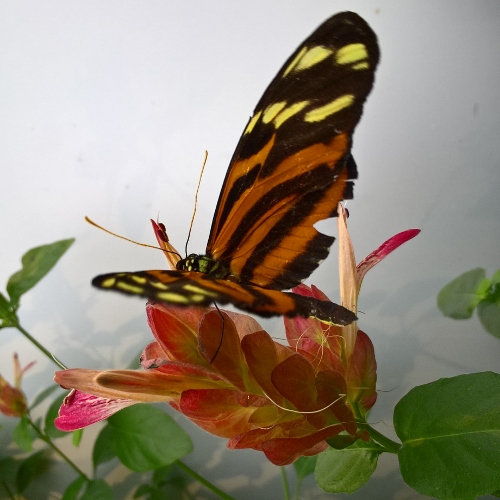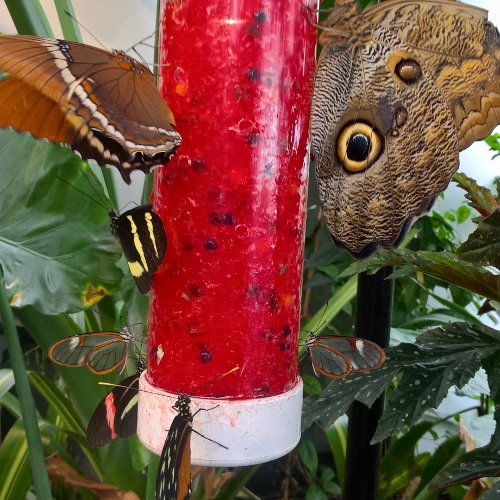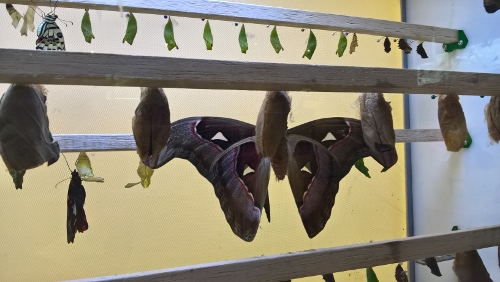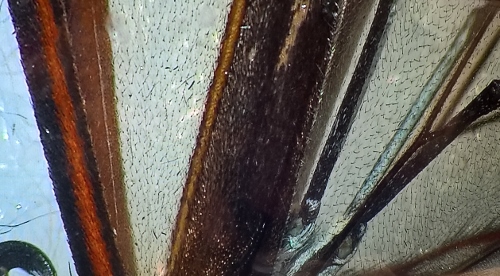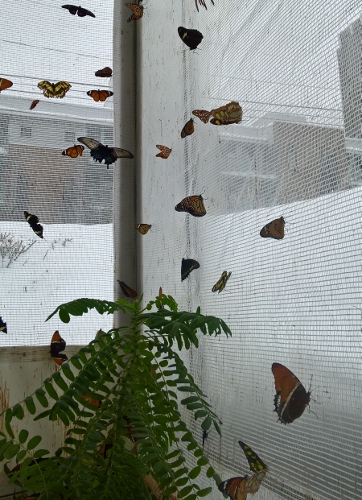God cares for the birds.
Jesus said, “Look at the birds of the air: they neither sow nor reap nor gather into barns, and yet your heavenly Father feeds them. Are you not of more value than they? (Matthew 6:26, while teaching about not worrying)
He also said, “Are not two sparrows sold for a penny? And not one of them will fall to the ground apart from your Father. But even the hairs of your head are all numbered. Fear not, therefore; you are of more value than many sparrows. (Matthew 10:29-31, while encouraging the disciples not to fear during persecution)
Thus when we see how God cares for these beautiful little creatures, we learn more about his care for us. For example, it is amazing that birds can survive in our cold winters. While people bundle up to avoid frostbite and hypothermia, wild birds hop about on the snow in their bare feet with nothing to wear but a thin layer of feathers! This is astonishing, another testimony to the Creator’s surprising inventiveness as he engineered all sorts of cold-resistant capabilities into birds.
As is often the case, people can be one of the ways God cares for his world—full bird feeders provide food when everything else is covered by snow or encased in ice. If you are able to put up a birdfeeder in the cold winter months, you will be caring for God’s creation while enjoying it. Furthermore, increasing our knowledge of birds helps us understand them and care for them in better ways.
In our society, there are many ways to learn more about birds, and a unique one happens this weekend, February 15-18. The Great Backyard Bird Count is an excellent way to intentionally focus on birds, observing them, identifying them, and learning more about them while contributing to a worldwide, multi-year citizen science project. During the 2018 Great Backyard Bird Count, 180,728 people across the globe counted almost 29 million birds representing 6456 species! Joining the many thousands of birdwatchers throughout the world this weekend is an ideal homeschool project—educational, meaningful, and time-limited, with opportunities to continue something similar year round.
It is easy to participate in the Great Backyard Bird Count.
- Sign up for free.
- Access a list of common birds in your area by entering your postal code. Many of the birds on the list will have links to photos and descriptions so you can be sure that you are identifying the right bird. Bird identification apps are also available on the website.
- Read the thorough instructions, but don’t let your kids be overwhelmed by them; the website explains the basics quite simply when you go to submit your count.
- Download a printable form to help you keep track of important details while you are watching the birds.
- Finally, submit your bird lists. You may enter your observations from as little as one 15-minute session or as many long sessions as you want. Data from all over the world will be gathered to provide a snapshot of where birds were this weekend.
According to a news release, birders in Canada and the US may see some extra varieties this year due to variations in seed, cone, and berry production.
If this birdwatching project appeals to your family, you can continue it year round, watching birds, keeping track of what you saw, and contributing your results to a scientific data base called eBird. This project, which is related to the Great Backyard Bird Count, is the world’s largest biodiversity-related citizen science project. On a personal note, it helps you keep track of the birds you see anywhere and anytime and comes with a free 3 hour course on how to find more birds and record your sightings. At the same time, it gathers bird data from around the globe for scientists.
I hope you will be able to join the Great Backyard Bird Count with your family this weekend, learning to see and give thanks for the beauty of birds, and remembering that God cares for you even more than he cares for these amazing little creatures. I’d love to hear about your bird adventures this weekend.
—
*Because I am woefully unsuccessful at photographing birds with my phone, I used these media images from the Great Backyard Bird Count website. These are birds we see regularly in our front yard.
—
If you enjoyed this article, you might want read more of my nature study posts and devotionals, to friend me on Facebook where I occasionally show up, or connect with me on GoodReads where I eventually share what I read.
This may be linked to Inspire Me Monday, Christian Homemaking, Friendship Friday, Make My Saturday Sweet.
